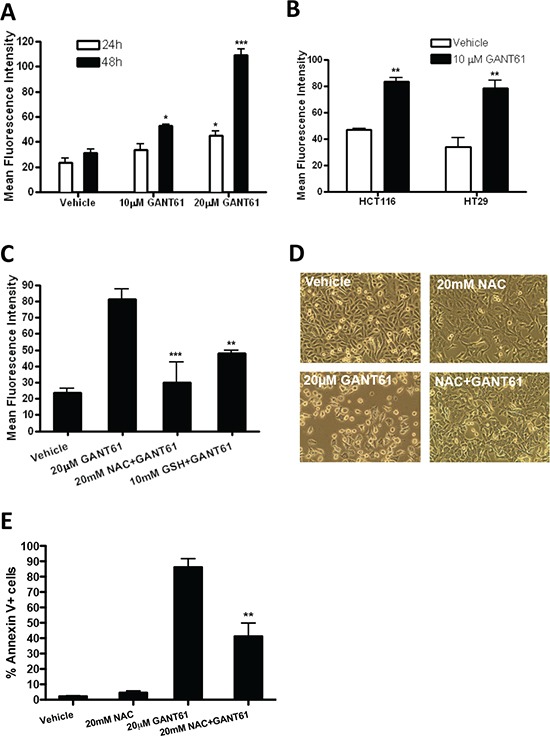Figure 3. Oxidative stress is involved in GANT61-induced apoptosis.

(A) GANT61 treatment in LO68 cells is associated with an increase in ROS in a dose-and time-dependent manner. LO68 cells were treated with 10 and 20 μM GANT61 or vehicle for 24 or 48 h. The cells were stained with the fluorescent probe CH2DCFDA, and the fluorescence was measured by flow cytometry. Data are expressed as mean fluorescence intensity of positive cells measured in each experimental condition. Values are the average of independent measurements (mean ± SEM; n = 3). *, p < 0.05 or ***, p < 0.001, compared to vehicle-treated cells. (B) ROS is induced in GANT61-treated colon cancer cells. HCT116 and HT29 cells were treated with vehicle or GANT61 (10 μM) for 48 h before subjected to CH2DCFDA flow cytometric analysis. Values are the average of independent measurements (mean ± SEM; n = 3). **, p < 0.01, compared to vehicle-treated cells. (C) LO68 cells were treated with vehicle or 20 μM GANT61 for 48 h with or without the antioxidants NAC (20 mM) and GSH (10 mM). Bar graph shows the increase in the mean fluorescence intensity of CH2DCFDA-positive cells measured in each experimental condition. Values are the average of independent measurements (mean ± SEM; n = 3). **, p < 0.01 or ***, p < 0.001, compared to vehicle-treated cells. (D) Representative light micrographs showing the effects of 20 μM GANT61 or vehicle after 48 h with or without 20 mM antioxidant NAC on the morphology of LO68 cells. Note the reduced cell growth and altered cell morphology in GANT61-treated LO68 cells, which were not seen in vehicle-treated cells. Pretreatment with the antioxidant NAC restores cell growth and abrogates apoptosis in LO68 cells treated with 20 μM GANT61 for 24 h. (E) Apoptosis (as assessed by the annexin V/7AAD assay) was quantified in LO68 cells treated with vehicle or GANT61 (20 μM) with or without 20 mM antioxidant NAC for 48 h. Bar graphs show results from independent experiments (mean ± SEM, n = 3). **, p < 0.01, compared to GANT61-treated cells.
